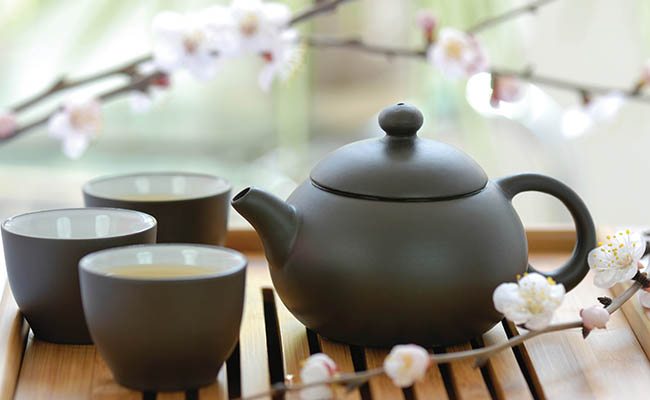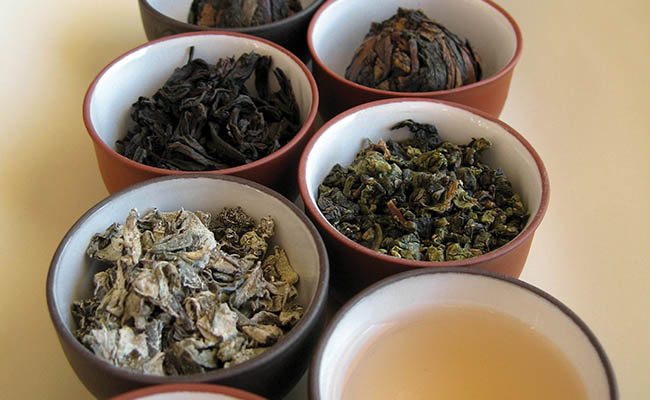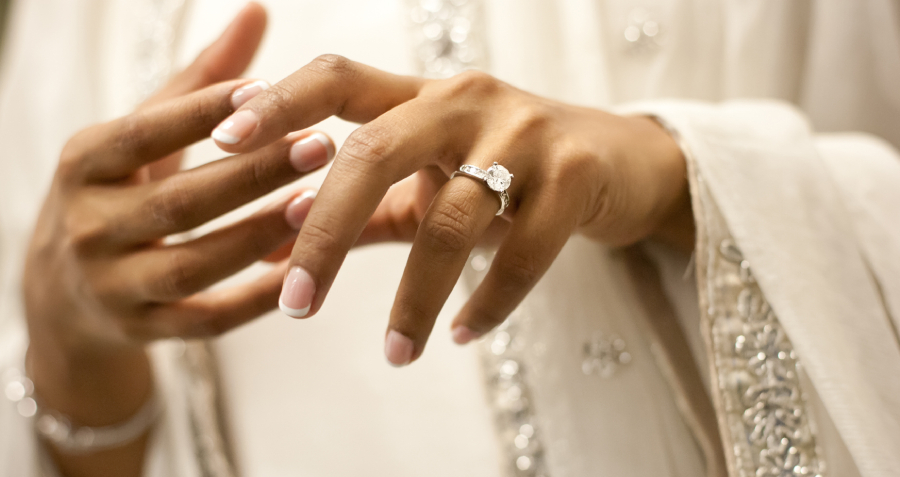
Legend has it that thousands of years ago a tea leaf supposedly fell into the legendary Chinese Emperor Shennongʼs cup of boiling water. The emperor was quite pleased with the result, giving birth to the rich tradition of tea drinking in China. Today, to say tea is the Chinese beverage of choice would be a vast understatement. Tea is infused in everything from medicine to toothpaste. The total output of tea in China alone exceeded 1.6 million metric tons in 2011, according to statistics from the United Nations Food and Agricultural Organization.
But beyond the simple marketability of tea is the increasing sophistication of tea culture. Just as the tradition of wine cultivation and consumption has reached seemingly endless layers of complexity in the West, so has tea culture in China. Chinaʼs well-to-do are increasingly adding ʻtea connoisseurʼ to their list of recreational pursuits. “China is changing fast, people are getting rich, and social activity is getting more complicated. Also, cultural exchange is more frequent now,” says Wing-chi Ip, Director of the China Tea Association and owner of Hong Kong based Lockcha Teahouse. “Maybe 50 years ago, when I was very young, tea drinking in China was simple, it was just a beverage. But now, there are so many different ways of drinking tea and itʼs more sophisticated, and we have so many different styles of preparing tea.”
One example Ip gives is Pu-erh tea, which was not very popular in the past and was only common in Guangdong province. But today it has become one of the most famous teas in China and its teacakes, where it is pressed into a generally round shape, can be relatively expensive. New York-based tea supplier and tea educator, In Pursuit of Tea, sells one Pu-erh tea cake for $260. Also, many new ways of preparing Pu-erh have been invented. Instead of just brewing it in a teapot, some boil it in special tea wares and silver kettles and cook the Pu-erh tea like a soup, which is a relatively recent development, Ip says.
“Of course, the traditional way is still going very strong,” says Ip. “But they have more elaborate considerations, just like the temperature, the utensils, the quality of tea. All of them have improved a lot.” Ip also gives the example of green tea, which is best prepared and served at lower temperatures in a fine porcelain or glass that allows the heat to dissipate.
But before you can appreciate the differences in utensils and brewing methods, start with the basics.
All Chinese tea comes from the leaves of tea plants, Camellia sinensis, and is produced in more than 20 provinces of China, including Hainan Province in the extreme South, Shandong Province in the North, Jiangsu Province on the Eastern coast and Tibet.
While there are hundreds of varieties of Chinese teas, most fall into six basic categories—white, green, red, oolong, black, yellow—according to Ip. Reputed to provide the most health benefits, white tea is made from immature leaves that are picked before the buds have fully opened. Green teas are not fermented during processing, and thus retain the original color of the leaves. Known in the West as black tea, red teas are made from oxidized leaves, which accounts for their darker color. Oolong teas are partially fermented, resulting in a distinct reddish color and a flowery flavor. Post-fermented tea, or black tea as it is known in China, is a class of teas that have undergone an open-air fermentation, making them more oxidized than red and oolong tea. Finally, yellow tea is a special tea processed similarly to green tea, but with a slower drying phase, where the damp tea leaves are allowed to sit and yellow.
“We have a big country with different climates, different soil,” says Ip. “Each tea has its own character and its own history.”
As tea culture develops to increasingly celebrate the unique character and history of various teas, buying habits are following suit. The Chinese tea market can be divided into two major segments, says Ip, sharing the results of a recent survey from the China Tea Association. The first segment falls into the RMB 100 to RMB 200 price range, where tea is bought mostly for personal consumption. The other popular segment varies from 500 to several thousand RMB, where tea is increasingly treated as a premium gift.
There is a yet more premium category of tea, where varieties such as Da Hong Pao tea, whose English name is Big Red Robe tea, can fetch up to $2 million per kilogram, according to the Confucius Institute in New Hampshire, a collaboration between the University of New Hampshire in the US and Chengdu University in China.
Beyond mere dollars, the intricacy of tea production has sparked various tea competitions across China. Ip, who frequently judges such competitions, employs an intricate marking system individualized to each kind of tea. For green tea he heeds the shape of the tea before and after blooming, which is mostly integral to the assessment of green tea, before the tasting part begins. But when evaluating Oolong tea, Ip and his fellow judges stick to the universal values of aroma, taste and texture.
So what does it take to become a tea connoisseur capable of evaluating such delicacies? Ip believes you need a sensitive palate, sufficient training, time and space in your schedule to appreciate the quality of the tea, and above all, passion. Over time, once youʼve stretched your palate and become accustomed to quality tea, you can develop your standards, Ip says.
Sebastian Beckwith, founder of In Pursuit of Tea, has a slightly more bohemian view of tea consumption. “You can get two simple teas side by side, or drink one after the other, then even if you think you know nothing about tea, you can start to develop preferences for one or the other,” says Beckwith, saying that it starts with paying attention to what sparks your preferences. “You need to have an open mind and be willing to try different things and to trust your palate, thatʼs the most important thing.”



















